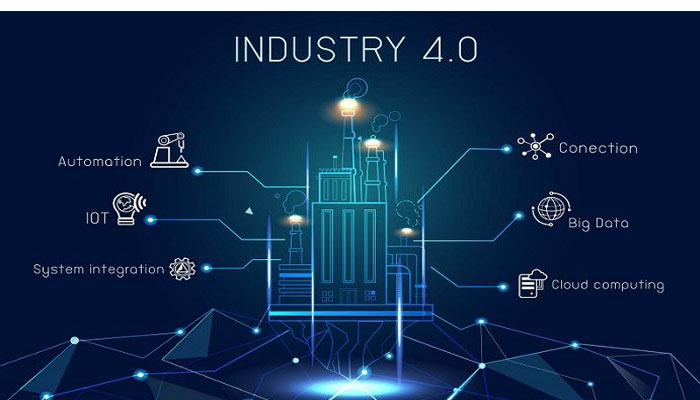The Fourth Industrial Revolution, also known as, Industry 4.0 is the ongoing automation of the traditional manufacturing and industrial practices by using technology that is enabled with the Internet of Things and Machine-to-Machine Communication. This has led to creating a smarter supply chain with increased automation, improved communication & self-monitoring, and the production of smart machines so as to analyze and diagnose issues, without the need for human intervention.

Brief History of Supply Chain
Societies lived in a regional world. Products from particular regions were consumed in the very same region until explorers sailed through the world. They began trading commodities and eventually, the global economy started to evolve with the invention of containerization and international shipping. The major catalysts in this global supply chain revolution were the creation of the World Wide Web and its associated new technologies.
Today, companies make and ship their products throughout the world. But, in order to manage the complex supply chain networks efficiently, companies need to inculcate the Fourth Industrial Revolution. That being said, there’s no doubt that 2020 will go down in history as the year that linked the outgoing industrial period with the incoming technological age. Because, as much as we’re aware of the fact that using the web for smart solutions is going to be the new normal, most of us didn’t rely on using it until COVID-19 happened.
Read: How to Attain Greener Supply Chains in 2021
Innovation to Revolutionize Supply Chain Management
As a key factor of the fourth industrial revolution, innovation plays a vital role in transforming supply chains. That’s because up till the Third Industrial Revolution, the creation and innovation of useful semiconductors, computing power, and the Internet were in progress but with the beginning of the fourth industrial revolution, innovation in technologies became more crucial. And with the events of 2020, the fourth industrial revolution is taking hold at an even faster rate.
Today is part of the era in which a greater form of automation like artificial intelligence will be known to enhance all capabilities of a supply chain. Software now touches nearly everything. From manufacturing to warehousing, logistics processes, and all the way out to consumer purchasing, everything is turning to automation.
Interesting Read: The Outlook of Supply Chain Post-Pandemic
How is Technology Different for Supply Chains in the Fourth Industrial Revolution?
Technology in the Fourth Industrial Revolution will put human workers first with innovations like the use of hands-free wearable technology. This will also ensure the safety of workers by decreasing the risks of repetitive strain injury and accidents that cause exhaustion. Merging workers and the IoT, we can get a combination of positives, associated with technology and the irreplaceable values of humans.
Digitization makes way for convenient shortcuts throughout your supply chain which removes your time and effort on tedious tasks. The time saved can instead be reinvested into projects elsewhere.
Conclusion: Technological repositioning in terms of connecting the human worker to the Internet of Things (IoT), enhancing human-machine collaboration, and the relentless drive towards digitization is what will symbolize this new phase of supply chain management.
Recommended Read: Why is it Necessary to Modernize Supply Chain in the Fashion Industry?
For more articles like ‘The Impact of the Fourth Industrial Revolution on Supply Chain Revolution’, follow us on Facebook, Twitter, and LinkedIn.